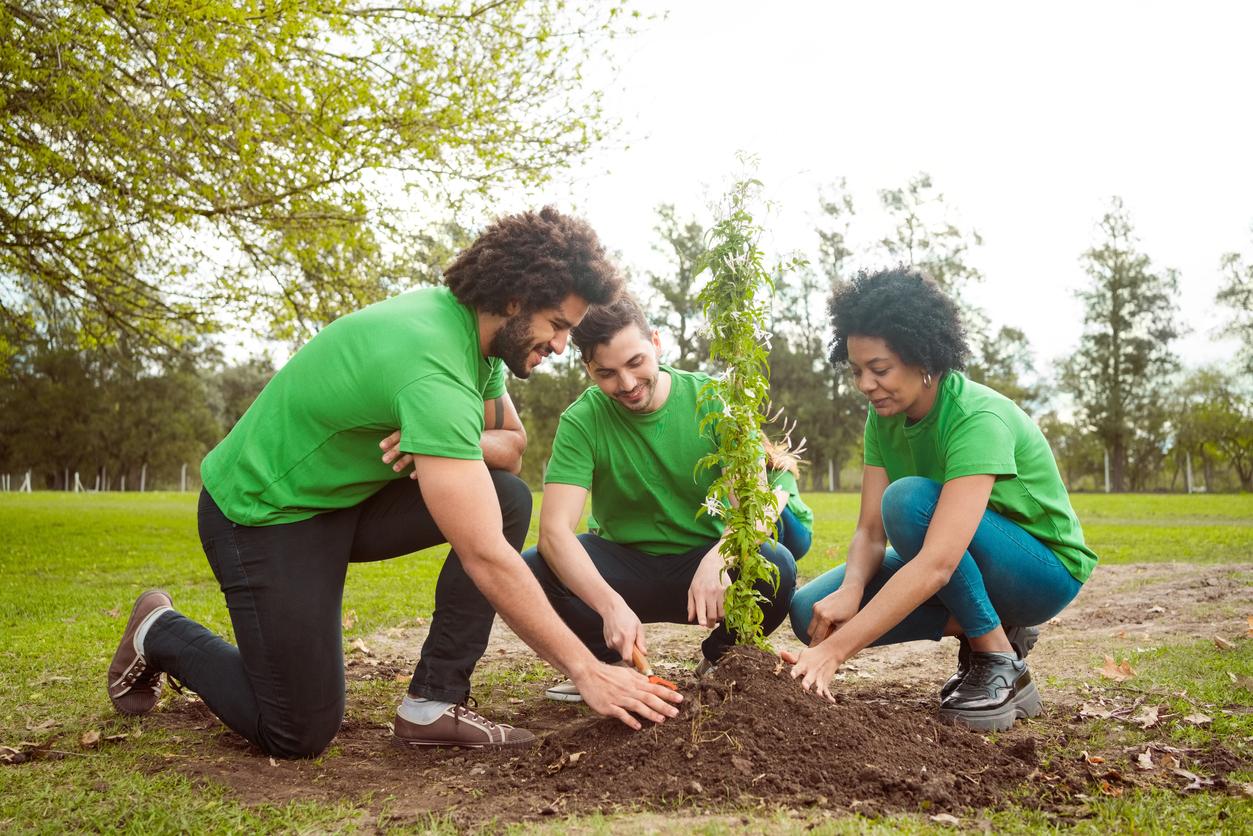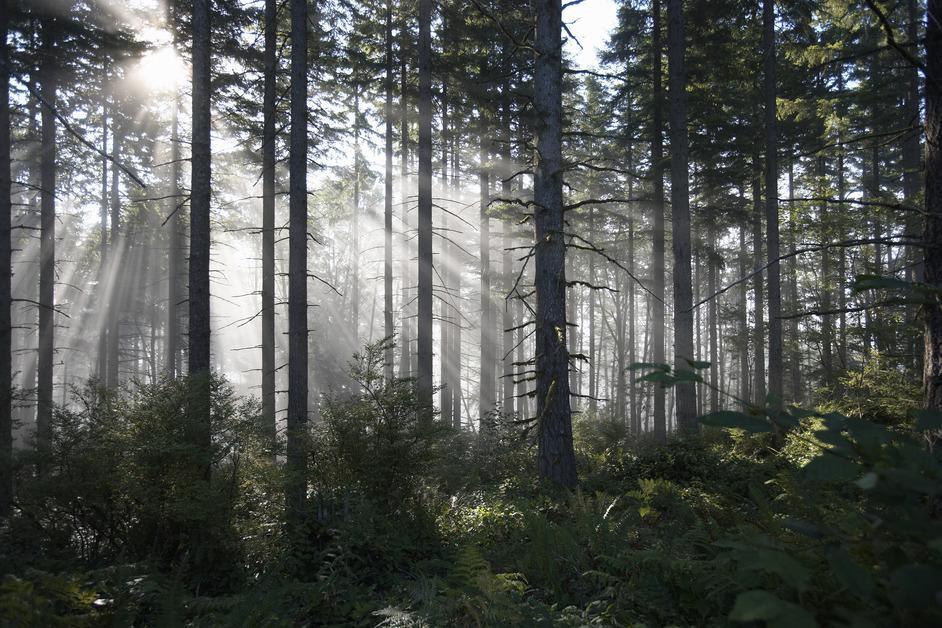Not All Trees Give off the Same Amount of Oxygen — Here's Why
Updated July 26 2023, 4:02 p.m. ET

The relationship between people and trees is truly beautiful. With every breath, we exhale carbon dioxide. The trees absorb that CO2 during photosynthesis to grow their leaves, branches, and more. And in return, trees — and other plants — then produce oxygen that humans and other life on Earth need to survive.
But how much oxygen do trees actually produce? Here's what you need to know about trees, oxygen production, and more.

Do certain trees produce more oxygen than others?
While we do know that trees produce oxygen, there are actually a number of factors that determine how much oxygen a tree produces, and one of them is called the Leaf Area Index. According to the Encyclopedia of Ecology, this is "the total one-sided green leaf area per unit of ground surface." The larger the Leaf Area Index, the more oxygen a tree is likely to produce.
Because some trees have more leaves than others, they have a larger Leaf Area Index and tend to produce more oxygen. Bigger trees also tend to have more leaves making size a factor in oxygen production. These are just a few examples of Douglas-fir, true-fir, maple, beech, and spruce trees. Pine trees give off the least amount, while oak and aspen trees are in the middle of this spectrum.

A group of volunteers planting a tree in a park.
In addition, the time of year also determines how much oxygen a tree makes. Most trees only produce the gas in the summer and spring months because that's when they have leaves. But there are evergreen plants and ones with green stems that can give off oxygen in the colder months. The Living Urn points out that mature trees give off more oxygen than smaller ones that haven't matured.
This would mean that a mature Douglas-fir, true fir, or spruce tree would give off the most oxygen. Although there are many kinds of fir or spruce trees, they are typically evergreen and large.
Notably, according to The San Diego Zoo, most maple trees are deciduous, the opposite of evergreen. The same can be said for beech trees.
How much oxygen does a tree produce?
According to The Independent, one mature beech tree can produce enough oxygen in one year to support up to 10 people. And J K Cooper Tree Services in Australia states that, on average, a 100-year-old tree will have produced about 6,600 kilograms (about 14,550 pounds of oxygen) during its lifetime. The U.S. Department of Agriculture also states that a "large" tree can produce enough oxygen to last a day for up to four people, but it doesn't specify how long it takes to make that amount.

Plants use water, sunlight, and carbon dioxide during photosynthesis to create food and oxygen. Because of this, most plants, including trees, can only create oxygen during the day. At night, the process is reversed. Trees give off carbon dioxide and absorb oxygen in a process called respiration.
This article, originally published on Dec. 9, 2022, has been updated.